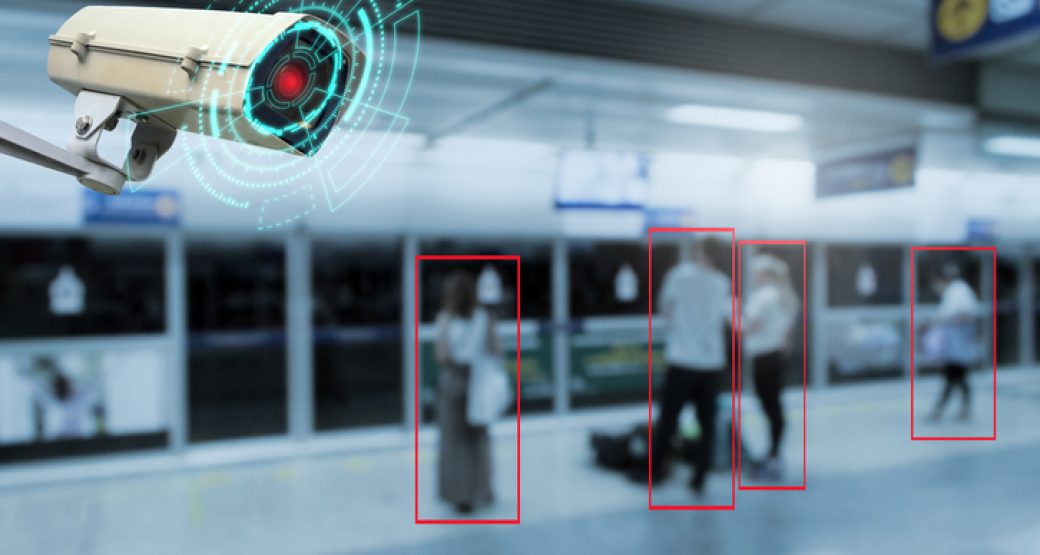With remote accessibility, ease of scalability, and built-in data backup features, cloud-based video surveillance has emerged as a powerful security measure for modern-day businesses and organizations. The rise of AI has made it an even more appealing option for those who are interested in integrating cloud computing into their current systems.
However, with the sheer amount of data generated every day (about 328.77 million terabytes as of 2024), the danger of overwhelming the cloud is becoming a real concern. That’s where edge-based analysis comes in. Capable of processing video data at or near its source, edge-based analytics is the next evolution of security for businesses, schools, and government organizations.
A Quick Breakdown: Defining Terms
What is Cloud-Based Video Surveillance?
Cloud-based video surveillance is just what it sounds like: video surveillance that operates on a cloud system rather than on-site. It involves storing, processing, and managing data on cloud servers, where users can access it remotely via web interfaces or applications.
Cloud-based video surveillance differs from traditional on-site surveillance in a few key ways. Outside of the obvious differences between data storage and processing locations, cloud-based surveillance also offers cost-efficiency due to the reduced on-site infrastructure costs, automatic updates handled by the cloud service provider, and faster deployment.
What is Edge-Based Analytics?
Edge-based analytics is one of the most recent innovations in computing. It involves processing data—in this case, video data—at or closer to the source (cameras) rather than in a centralized cloud. This occurs on cameras, Network Video Recorders (NVRs), or edge servers. By analyzing video data locally, edge analytics provides real-time insights and reduces the need to transmit large amounts of data to the cloud for processing.
Edge-Based Analytics: Taking Cloud-Based Video Surveillance to the Next Level
So how do cloud-based video surveillance and edge-based analytics work together to enhance security for businesses and organizations? Combining the power of both yields a number of groundbreaking benefits, including, but certainly not limited to, real-time analysis, reduced latency, hybrid architectures, and smart filtering.
Real-Time Analysis at the Edge
Cameras at the “edge” of the security network analyze video data locally and in real time. Edge analysis can detect anomalies as they happen, without the need to transmit the entire video stream to the cloud. In practice, this enables security specialists to leverage it for enhanced intrusion detection, unauthorized access, or suspicious behavior recognition.
With real-time analysis, security specialists can take a more proactive approach to intervene quickly and prevent potential threats from escalating.
Reduced Latency
Reduced latency means that analysis results are available almost instantly, allowing for quick decision-making and response. A low latency ensures that the data being analyzed is current and provides a smoother and more responsive experience for security personnel.
Reduced latency is highly valuable in situations where immediate action is crucial, such as monitoring access points, detecting anomalies, or responding to emergencies. It enhances the effectiveness of real-time monitoring, allowing specialists to make informed decisions rapidly.
Hybrid Architectures
In this case, the hybrid architecture is the combination of both cloud and edge-based solutions. This arrangement is much easier to scale to meet varying security needs. It also allows for optimized resource allocation, with real-time processing at the edge and more extensive analytics and storage capabilities in the cloud.
Hybrid architectures are leveraged by security specialists to take full advantage of the benefits of both. Critical real-time analysis is performed at the edge while the cloud handles long-term storage. It allows for a flexible and adaptable security infrastructure that can evolve based on your business’s or organization’s needs.
Smart Filtering
Finally, smart filtering minimizes the amount of data transmitted to the cloud by sending only relevant information or events. This helps reduce storage costs associated with storing vast amounts of uneventful data and removes some of the burden from your cloud environment.
Smart filtering can also be utilized to send pertinent alerts and notifications to security specialists, so they can focus on critical events rather than sifting through large amounts of data.
Experience the Power of Cloud and Edge Solutions with ProTech Security
At ProTech Security, we’ve been providing tailored security services for residences, businesses, schools, and government facilities for decades. We pride ourselves on being at the forefront of innovative security technologies and solutions. Our extensive offerings include physical security, event monitoring, access control, mobile control apps, video surveillance enhanced by cloud and edge solutions, and visitor management.
We don’t believe in a one-size-fits-all approach. Instead, our team of seasoned security professionals will work with you to find the solutions that fit your specific needs. Whether you need something straightforward or a robust multi-layered security strategy, we have the expertise to deliver.
Contact us today to get started.



